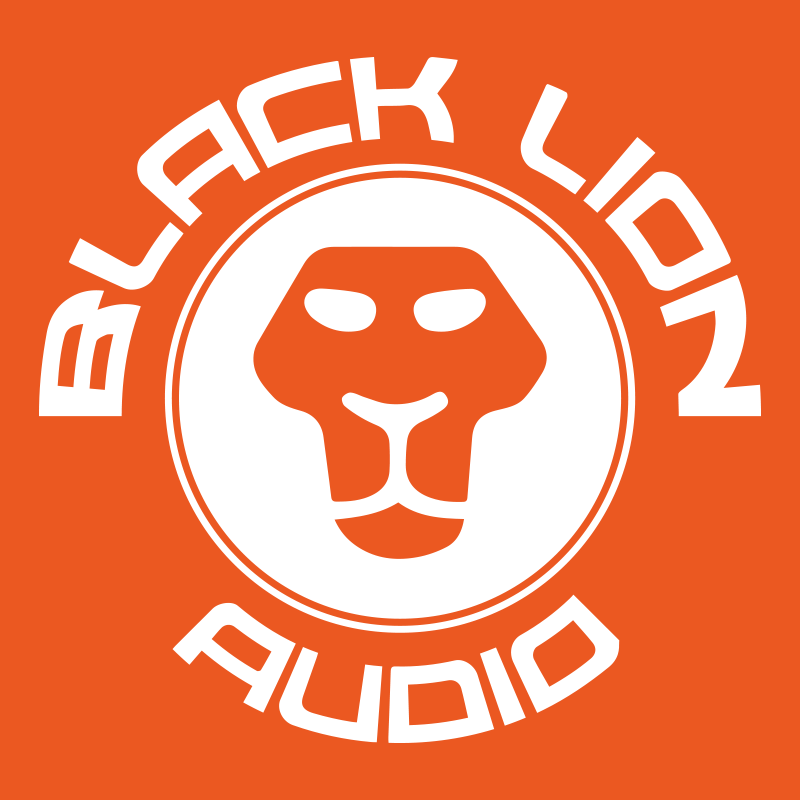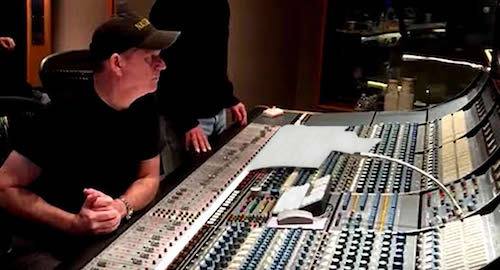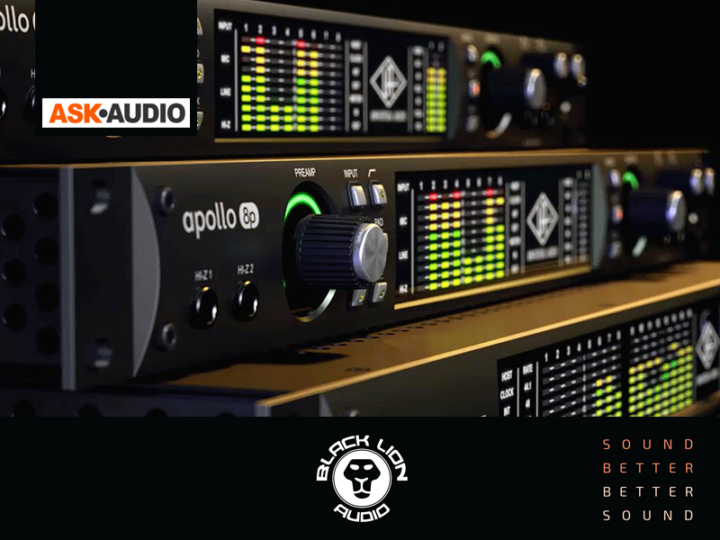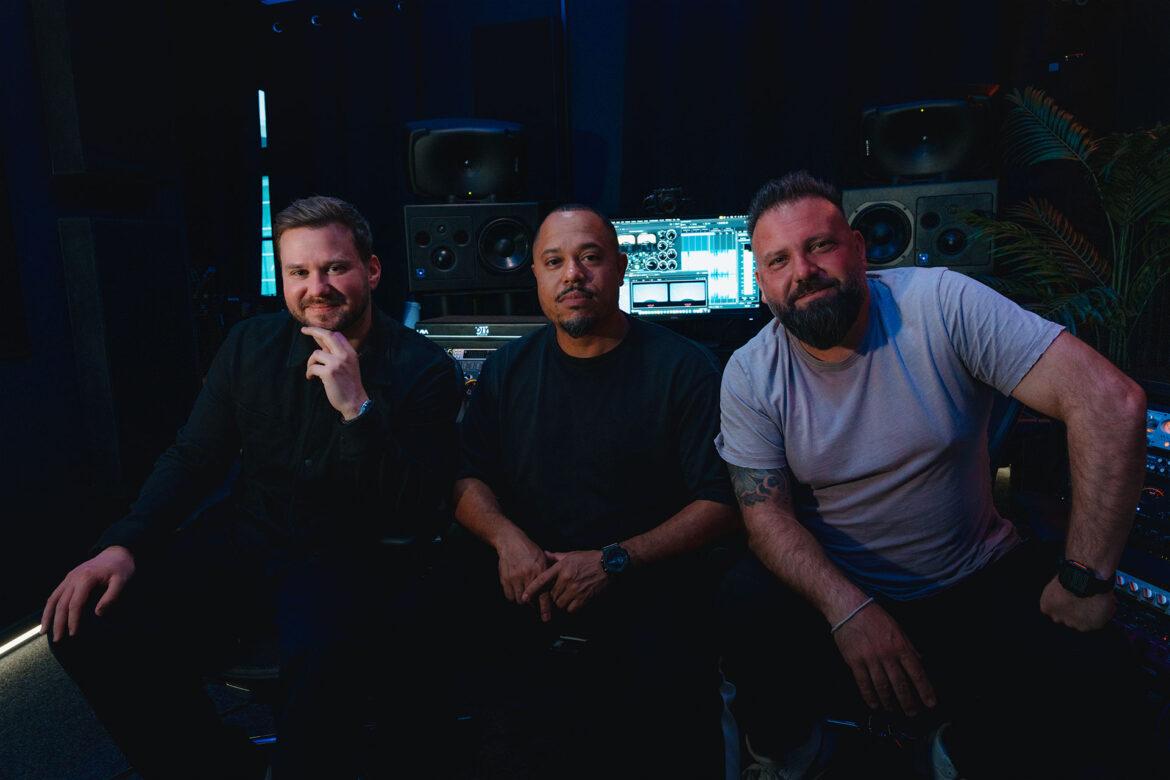
Photography: Joshua Keisers
At the O2 Music Studio Hamburg by DIY, musicians and producers can book professionally equipped studios not just by the day, but by the hour. With this smart concept, the studio complex has become a hub for production, education, and culture.
The studios were founded by well-known producers SiNCH, Typhoon and Schnichels, who form the production team Troublemakers. With their six-studio complex, the team aims not only to support their own music and advertising productions, but also to provide space for emerging artists to develop and grow.
Today, the studio complex in the heart of Hamburg serves as a creative oasis, meeting point, workplace, event space, educational facility, and 4K streaming studio.
The team from our distributor partner AudioWerk.EU spent some time with the Troublemakers for a Q&A about O2 Music Studio Hamburg by DIY and their connection to Black Lion Audio.
Your studio concept is quite unique.
SiNCH: We asked ourselves: what’s missing in the studio market? What we lacked in the past was the freedom to simply make music. That led us to develop a concept based on three pillars: studio rental, education, and culture.
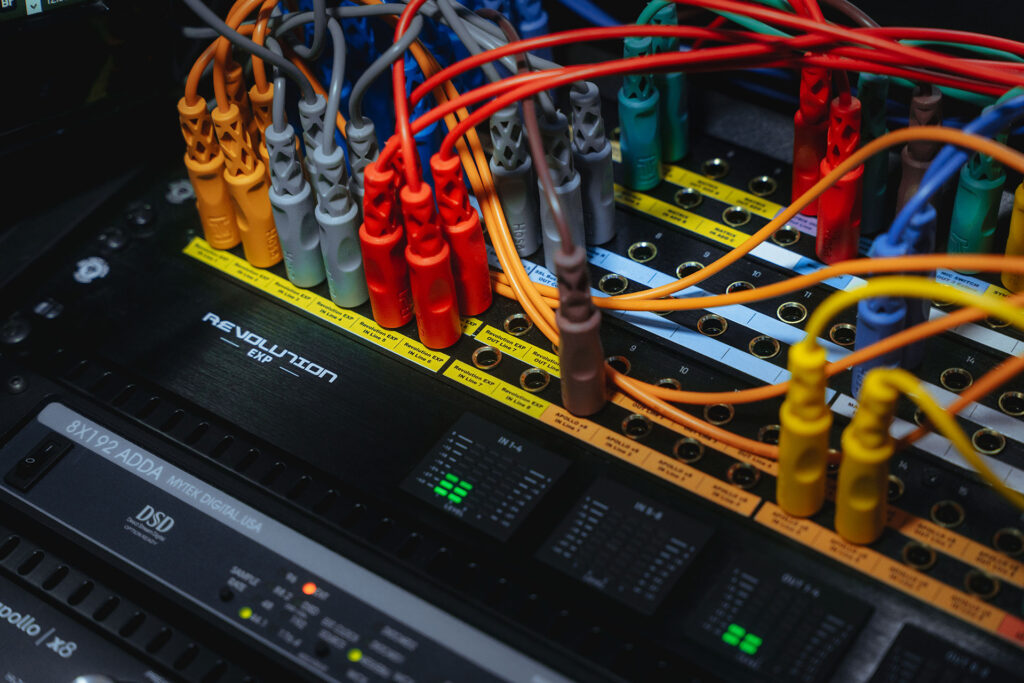
Let’s start with studio rental.
SiNCH: The idea is to give everyone the chance to work with great equipment. We set up the studios just the way we’d want to use them ourselves. Now we rent them out by the hour, which makes them affordable. Plus, we offer a huge creative and networking space.
Users bring their own computers as DAWs, right?
SiNCH: It was important to us that everyone can keep their own workflow, while we provide the space and high-quality equipment. On the side of the desk, we have a cable whip with HDMI, USB, and Thunderbolt. Just connect those three cables and you’re ready to go.
Then comes the education pillar.
SiNCH: We host workshops regularly. Schnichels comes from the SAE world — he studied and taught there for years. He now leads many workshops here, which are very popular. We keep events limited to 20 or maybe 25 people, and the cost is a reasonable €20 to €25.
What does the third pillar — culture — entail?
We host a lot of events where people can connect, like the Dopamin Festival and the legendary block parties. During the OMR Festival, artists use our studios as a backstage area. We’ve had will.i.am here, as well as Ashton Kutcher and Quentin Tarantino. Our location is right on the festival grounds. Kontra K once said he’d never had such an awesome backstage before.
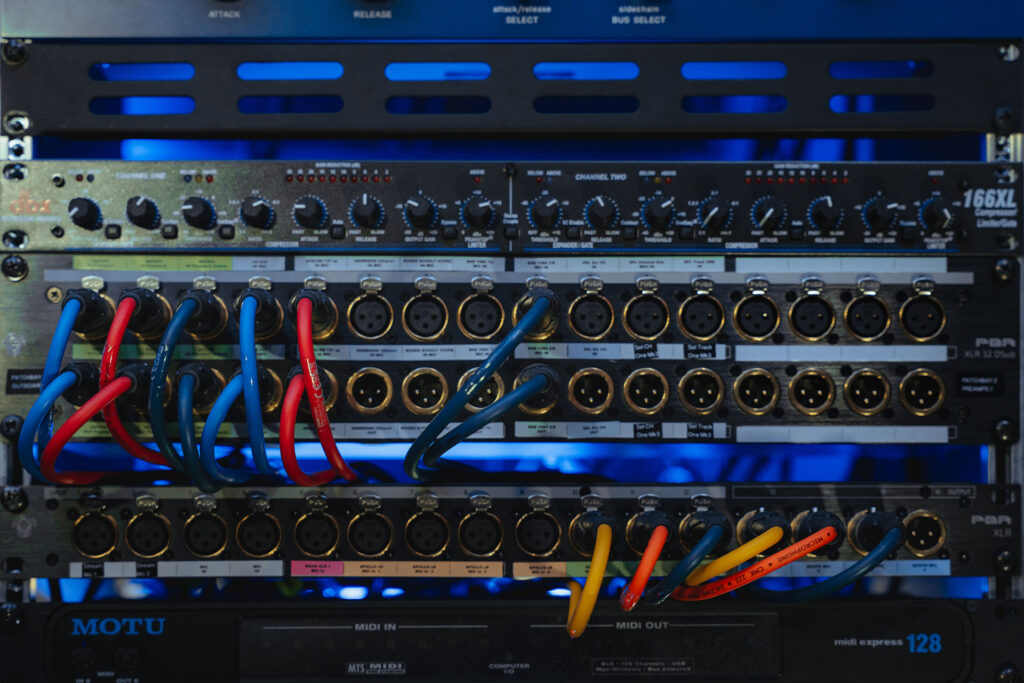
Does your studio concept place special demands on the gear?
SiNCH: The challenge here is the high traffic. A monitor controller isn’t used three times a day here, but 40 or 50 times — that’s how many clients we have. When we started out, we had five monitor controllers, and all of them broke within four days after just six months.
Did that experience change your view on equipment?
SiNCH: We definitely learned from that. It influenced choices like which patchbays to buy. We decided to go straight for the best. We were immediately impressed by Black Lion Audio. Their gear is well-built and offers plenty of space for labeling — it all needs to be self-explanatory. These small but crucial tools make a big difference. For power, we use the Black Lion Audio PG-1 with staggered relays, so circuits power on sequentially. Since we’re in an old building, the inrush current used to trip the circuit breaker — not anymore with the PG-1.
What are some other Black Lion Audio pieces that are instrumental to your workflow?
SiNCH: We had a custom-built recording matrix that lets us route three microphones, three preamps, three compressors, and three EQs together. But eventually, those three connections are all used up. So we wanted to integrate more gear through patchbays.
Typhoon: The Revolution EXP with the clock and eight ins and outs via ADAT allowed us to easily expand our interfaces. It’s really fun to use. If you clock everything from the Revolution, you can definitely hear a difference.
SiNCH: Due to our high client turnover, the equipment gets a lot of wear and tear. In the beginning, several devices simply broke down. So we wanted to invest more in quality. When it came to patchbays, we gave Black Lion Audio a try — and were thrilled.
You also have the Bluey.
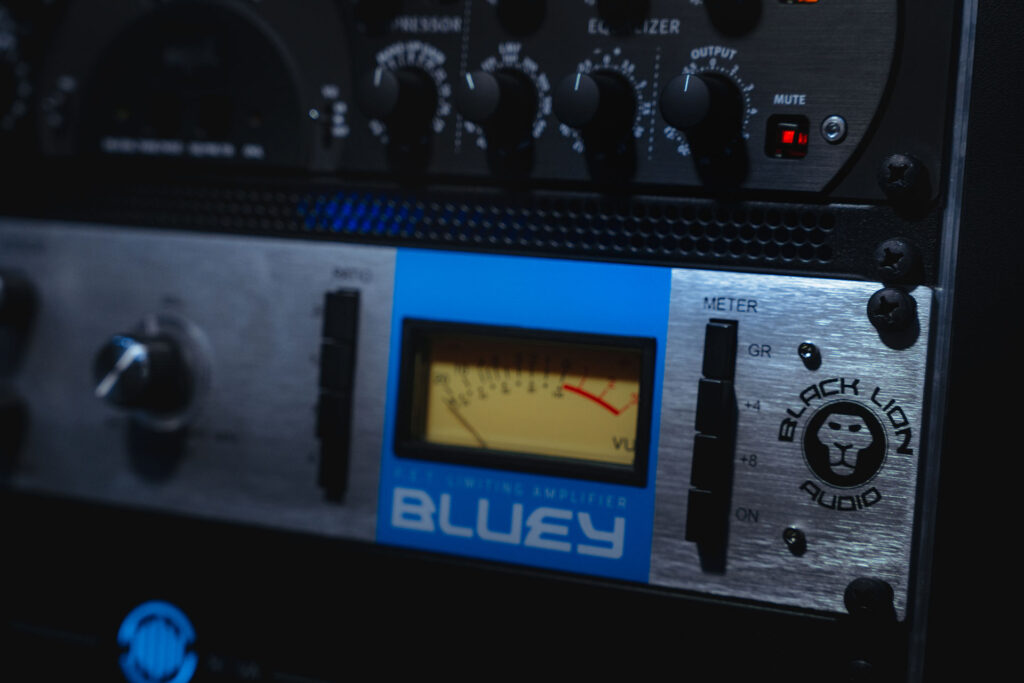
Typhoon: That’s something really special sound-wise. It’s based on Chris Lord-Alge’s “golden unit,” which is a total Frankenstein — it has components that don’t even belong in there, but that’s what creates the unique sound. That Black Lion Audio managed to recreate it is just incredible.
You’re constantly upgrading, right?
SiNCH: We have clients who come in once a month, and each time there’s new gear in the studios — new monitor controllers, more preamps. We keep expanding. We bought two Avalon VT737s, two Tube-Techs, and so on. Then we installed a Trinnov system. Our guy set it up, and after an A/B comparison, we were like, “What just happened here?” We love sharing these cool upgrades with our clients.
Typhoon: But we haven’t raised our prices because of it! We passed the gear upgrades on to our clients, not the cost.
SiNCH: That’s how we build loyalty — through quality. At the end of the day, that’s what wins out: quality.
What about the studio’s power requirements?
SiNCH: We use the PG-1 Type F MKII power conditioner; it uses multiple relays to sequentially power on the connected components. Since we’re in an old building, we used to have the problem of breakers tripping due to inrush current. Not anymore.
I love hearing that “click, click, click” as the relays switch on, the lights come up, and the controller starts dancing.
